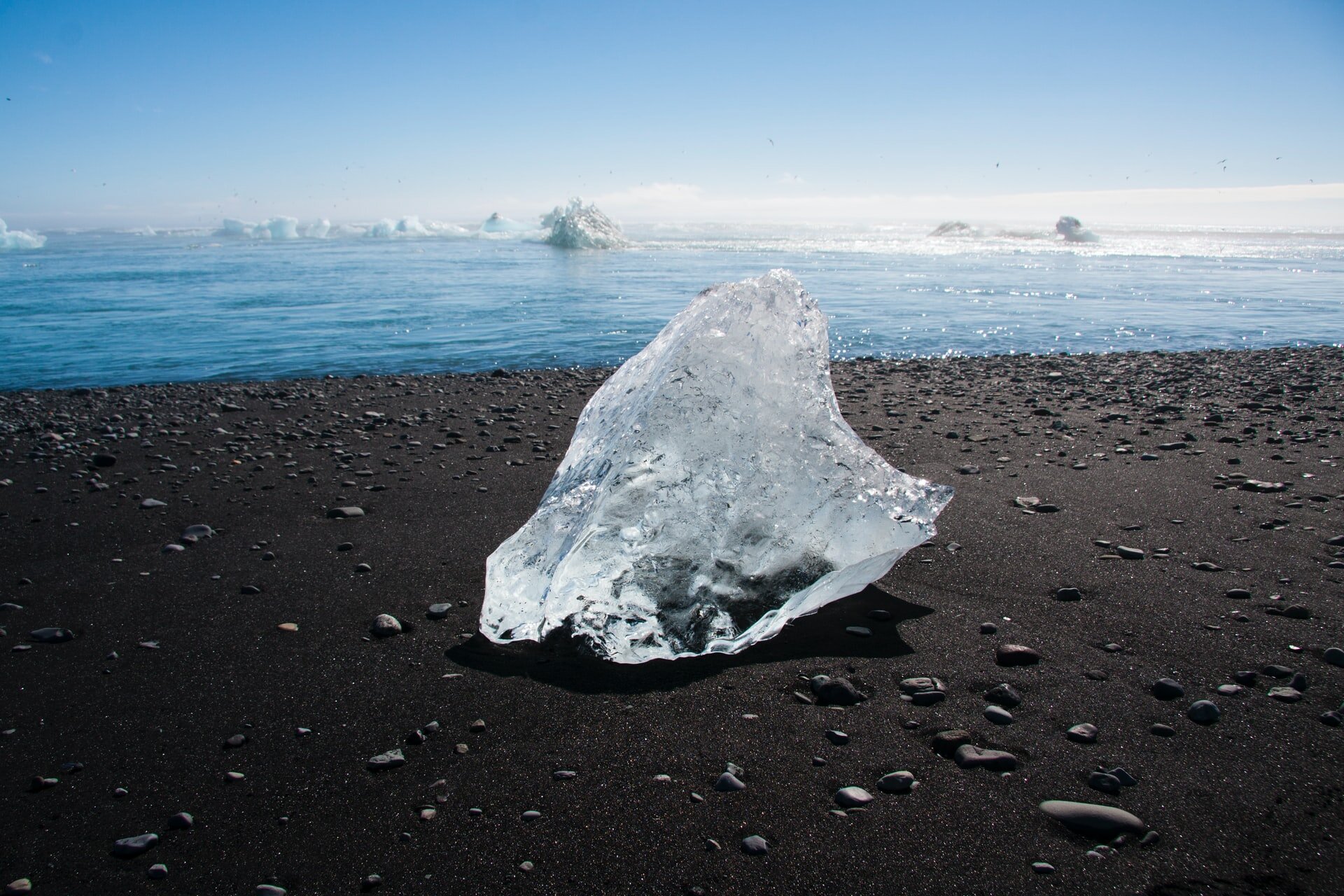All Iceland Blog Posts
By Destination
Click on the banners to view blog posts about the specified locations.
About
Straddling two tectonic plates – the North American and Eurasian plates – Iceland is a unique place of outstanding natural beauty.
From geysers to waterfalls, and volcanos to the Northern Lights, Iceland is an outdoorsman’s utopia, and provides plenty in the way of activity for tourists to sink their teeth into.
Officially considered a European nation, the settlement of Iceland began in 874 AD when Norwegian Ingólfr Arnarson became the first permanent settler on the island.
Iceland eventually came under Norwegian rule in the 13th century following an influx of Scandinavian migration and officially became part of the Kingdom of Denmark in 1523 when the Kalmar Union by the three Scandinavian states disbanded.
Iceland’s struggle to become an independently recognised country finally came in 1918, and it later became a republic in 1944.
Useful Links
Awesome Iceland tours
Map
Did you know?
Beer was illegal in Iceland until 1989, due to a prohibition put in place by the Icelandic government in 1915 following the results of an alcohol referendum. Within a decade, red wine was legalised and spirits followed suit in the 1930s, but it took a full 74 years for beer to become legal.
Nearly all of Iceland’s heating and electricity needs are served by hydroelectric power and geothermal water reserves.
The only mammal native to Iceland is the Arctic fox.
Icelandic people don’t have family last names. The last name of a male usually ends in the suffix -son for son, and female names end in -dóttir for daughter. The prefix comes from either the father or the mother’s first name.
Iceland has waged only one war. It was nicknamed “The Cod Wars” and it involved a dispute with the United Kingdom over fishing grounds in the 1960s and ‘70s.





















I’ve put together a list of attractions to help with creating your itinerary and planning your travels. So, here are five things you have to do in Reykjavik.